




Cold heading process is one of the new processes for pressure machining of less or no cutting
metal. lt is a processing method that utilizes the plastic deformation of metal under the action of
external forces, and with the aid of molds, redistributes and transfers the volume of metal to form
the required parts or blanks. The cold heading process is most suitable for producing standard
fasteners such as bolts, screws, nuts, rivets, and pins.etc


A safety nut is a type of fastener specifically designed to resist loosening under vibration, thermal expansion, or other dynamic forces. It ensures a secure and reliable connection in critical applications where safety and stability are paramount. Here’s a detailed description:
Key Features:
- Locking Mechanism:
- Safety nuts incorporate a locking feature, such as a nylon insert, deformed threads, or a flange with serrations, to prevent unintentional loosening.
- Material:
- Typically made from durable materials like steel, stainless steel, or brass, often with coatings (e.g., zinc plating) for corrosion resistance.
- Thread Type:
- Compatible with standard metric or imperial threads, depending on the application.
- Design Variations:
- Available in various designs, including nylon-insert lock nuts, top lock nuts, flange nuts, and castle nuts.
Common Types of Safety Nuts:
- Nyloc Nut (Nylon Insert Lock Nut):
- Features a nylon ring inside the nut that creates friction against the bolt threads, preventing loosening.
- Top Lock Nut:
- The top section of the nut is slightly deformed to create a locking action when tightened.
- Flange Nut:
- Has a wide flange at one end that distributes pressure and provides a locking effect through serrations on the flange.
- Castle Nut:
- Includes slots (castellations) for a cotter pin or wire to secure the nut in place, commonly used in automotive and machinery applications.
- Jam Nut:
- A thinner nut used in conjunction with a standard nut to “jam” and lock the assembly.
- Keps Nut (K-Lock Nut):
- Comes with an attached free-spinning lock washer for added security.
How It Works:
- The safety nut’s locking mechanism (e.g., nylon insert, deformed threads, or serrations) creates resistance against rotational forces, ensuring the nut remains tightly fastened even under vibration or thermal cycling.
Applications:
- Automotive: Wheel hubs, suspension systems, and engine components.
- Aerospace: Critical fastening in aircraft structures.
- Machinery: Heavy equipment and rotating machinery.
- Construction: Structural connections requiring high reliability.
- Industrial: Conveyor systems, pumps, and motors.
Advantages:
- Vibration Resistance: Prevents loosening in high-vibration environments.
- Reliability: Ensures long-term stability and safety.
- Reusability: Some types (e.g., nylon insert nuts) can be reused, while others are single-use.
- Ease of Installation: Can be installed using standard tools.
Installation Tips:
- Ensure the threads of the bolt and nut are clean and undamaged.
- Tighten the nut to the recommended torque specification.
- For castle nuts, always secure with a cotter pin or wire.
- Avoid over-tightening, as it may damage the locking mechanism.
Safety nuts are essential in applications where failure of the fastener could lead to catastrophic consequences, making them a critical component in engineering and construction.
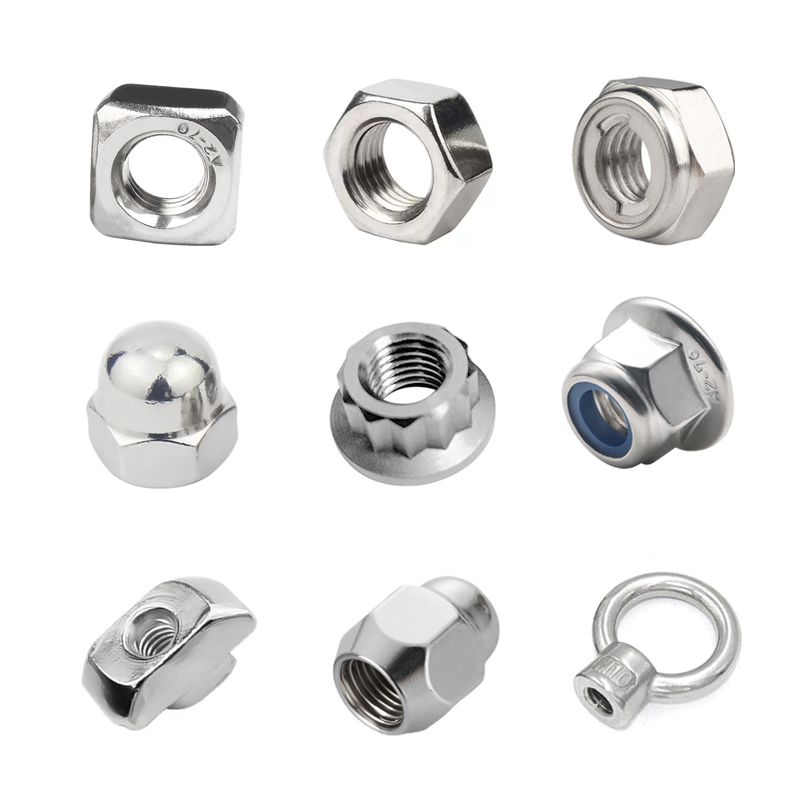
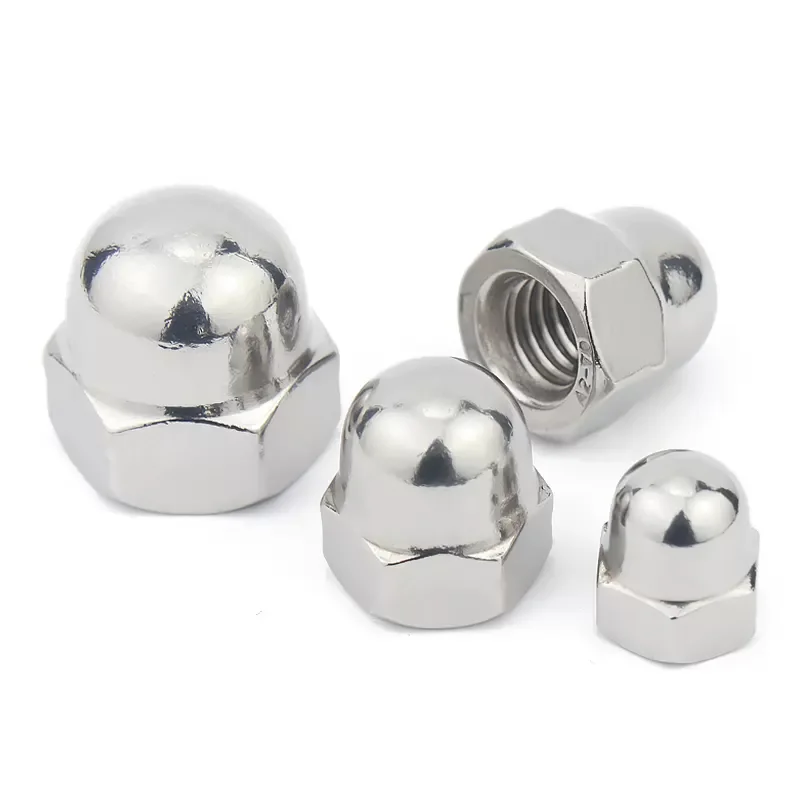
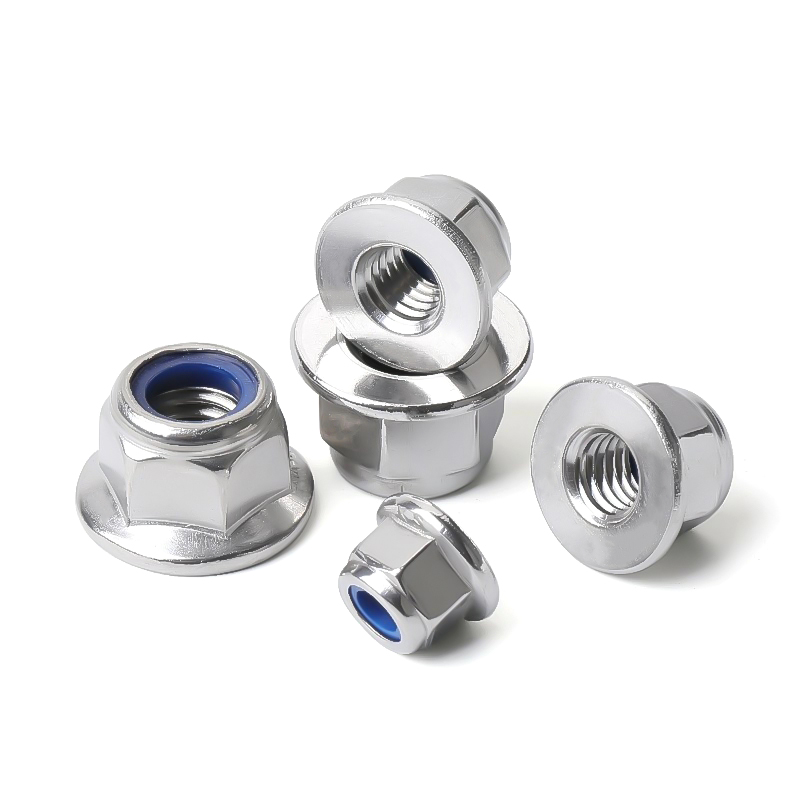
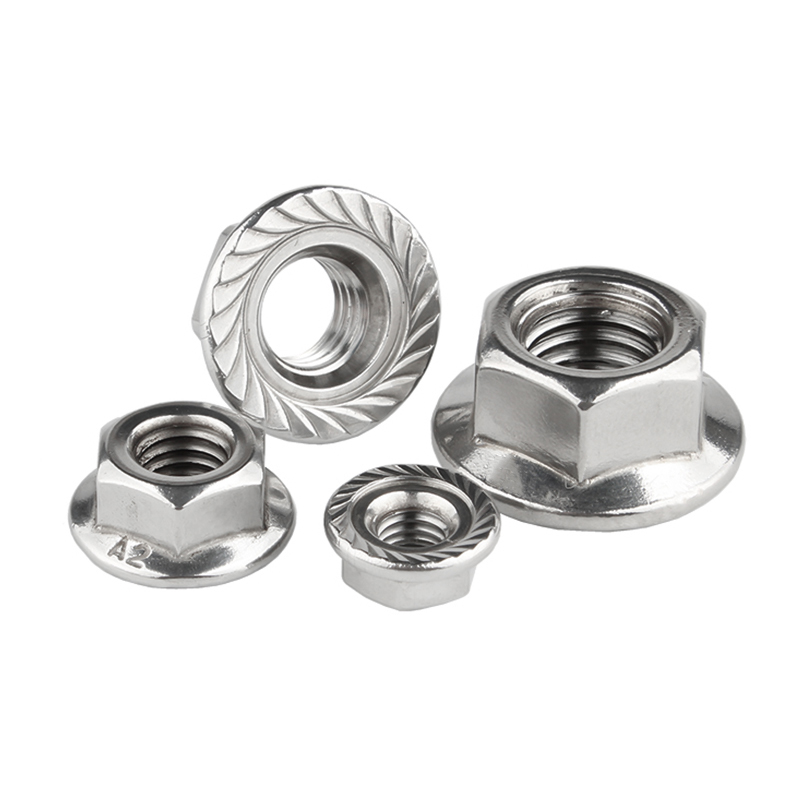

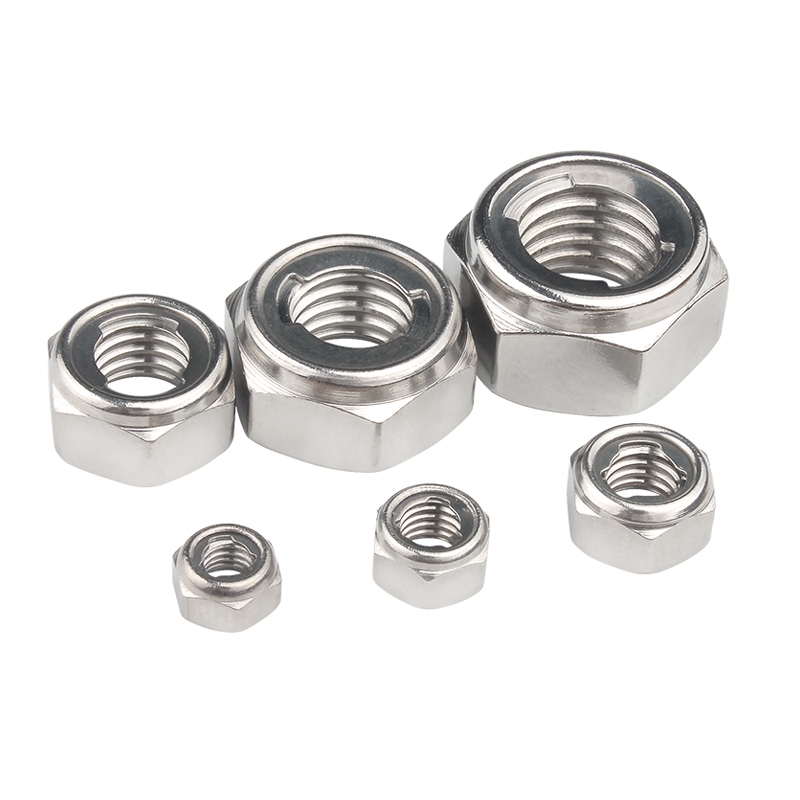
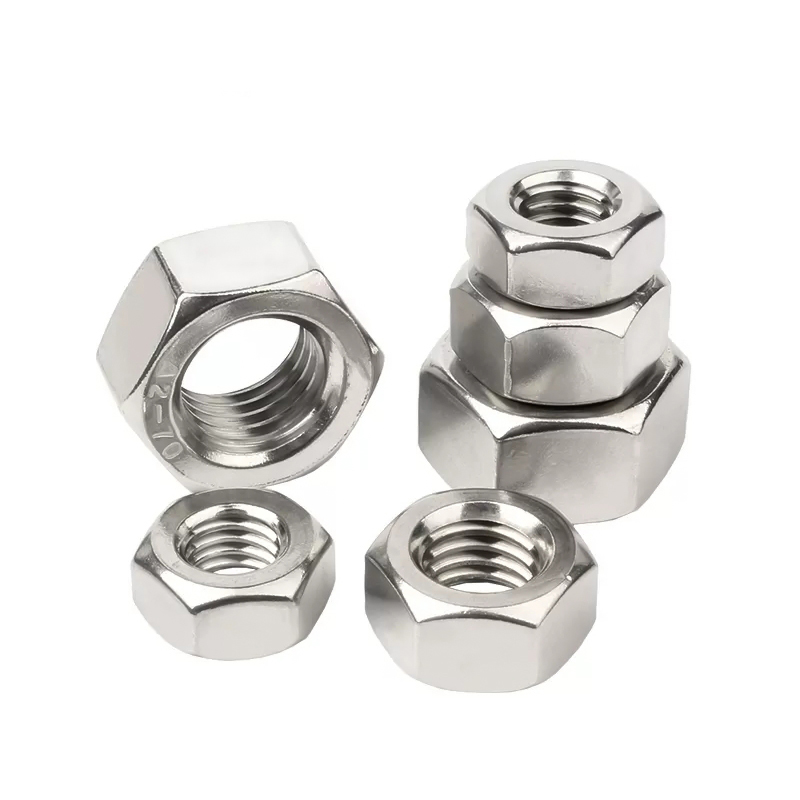
Reviews
There are no reviews yet.